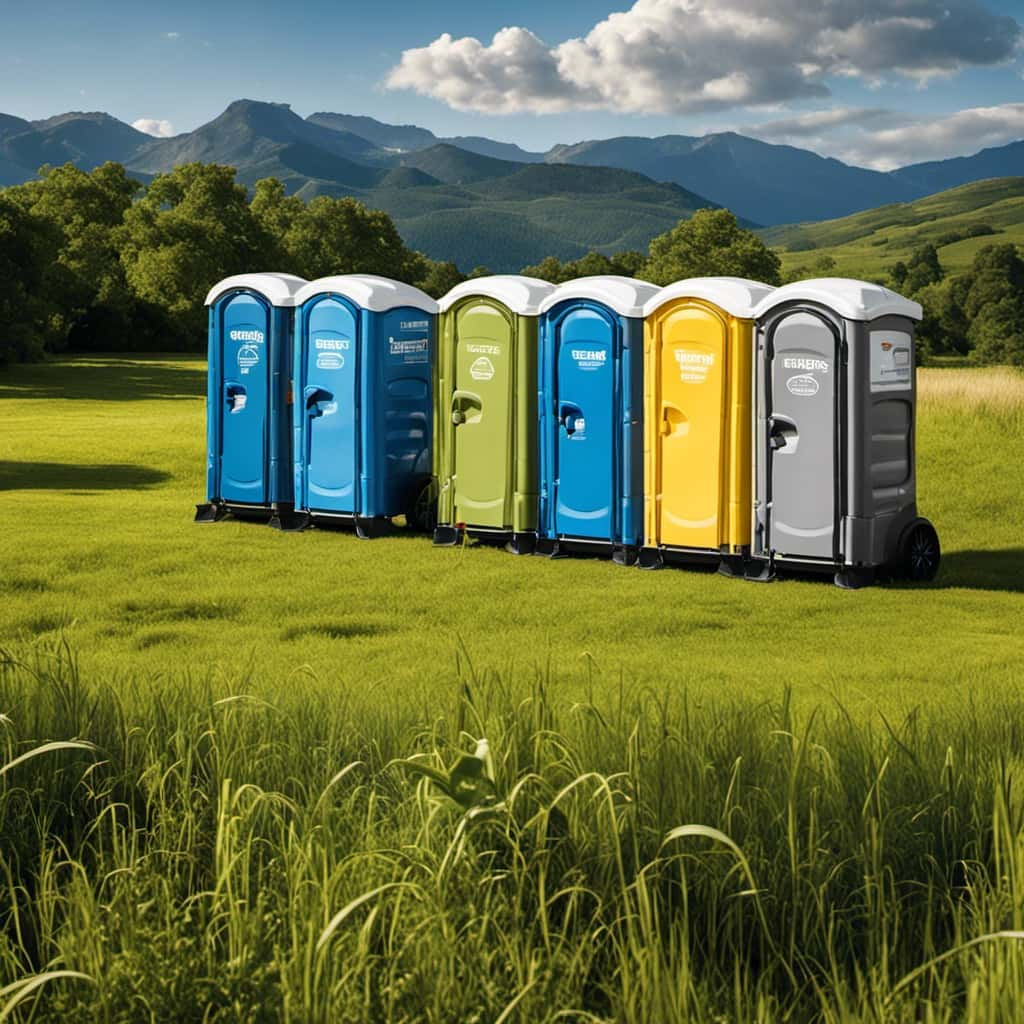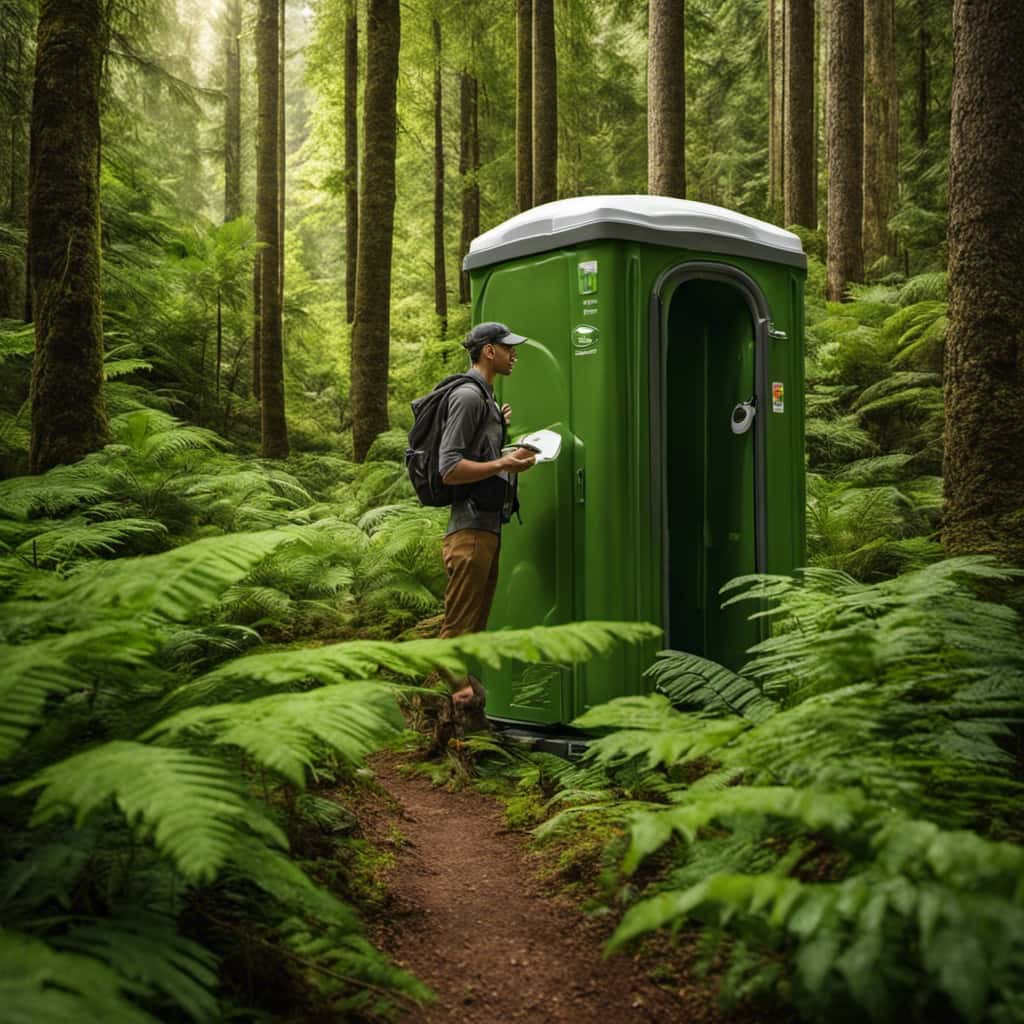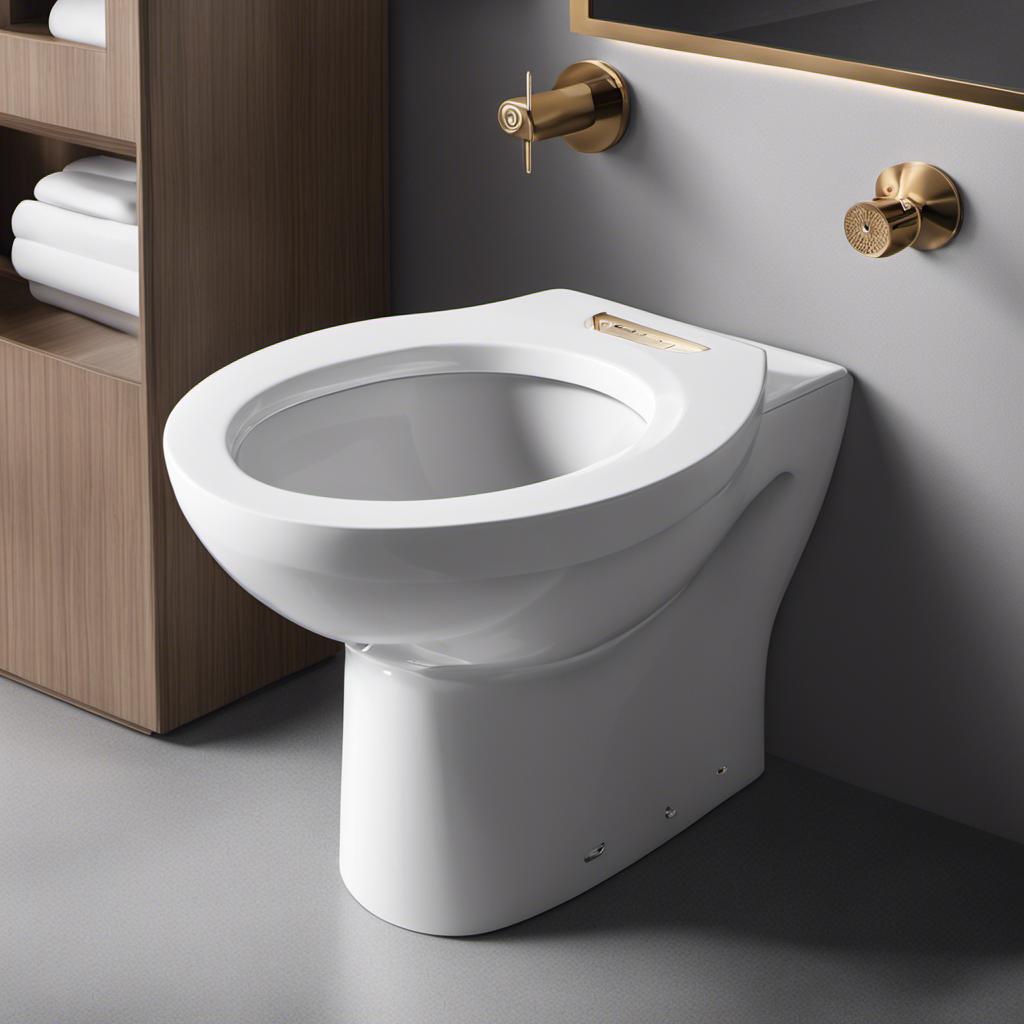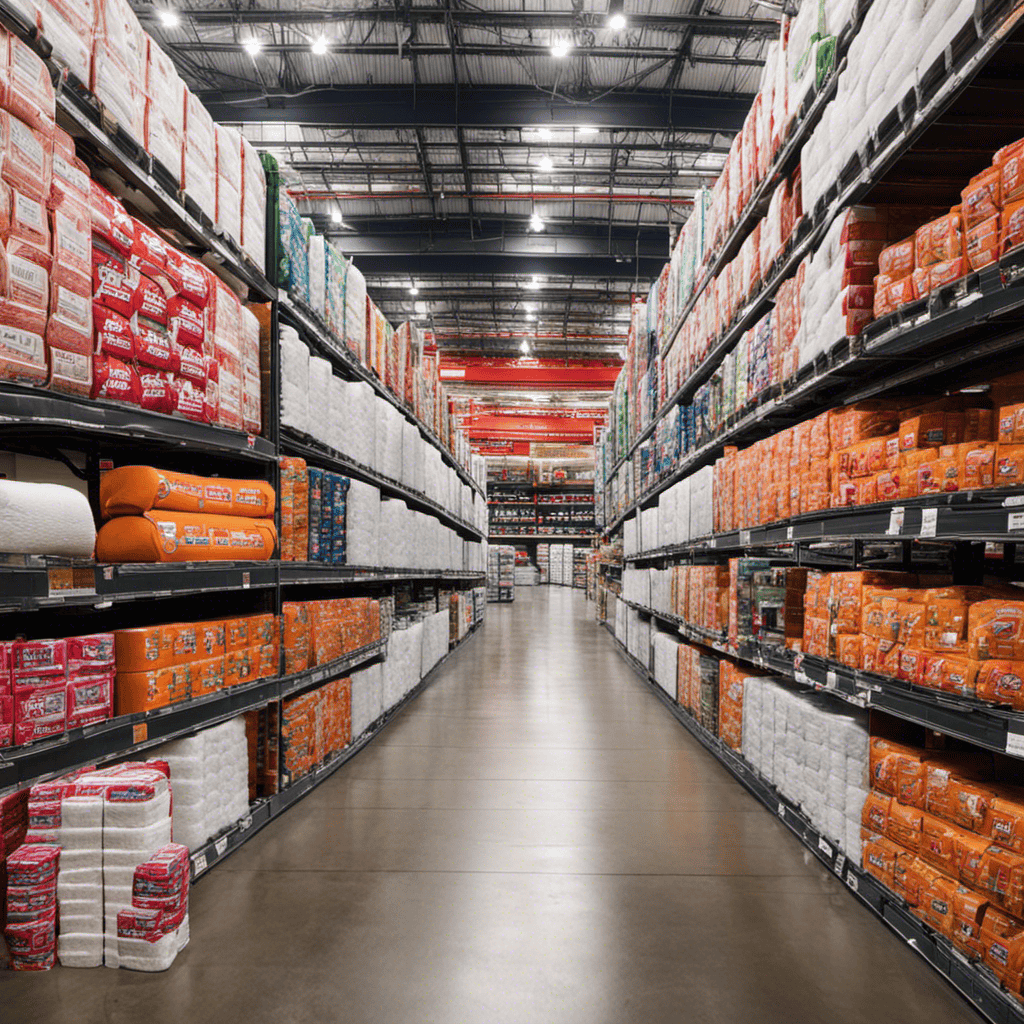Welcome to our comprehensive analysis of how NYC manages its sewage system.
Just like the intricate network of veins in our bodies, the city’s sewage collection and transportation system ensures the smooth flow of waste.
We delve into the innovative wastewater treatment processes that purify the city’s effluent, and the rigorous monitoring that safeguards water quality.
We also explore the challenges posed by stormwater and combined sewer overflow, and the cutting-edge solutions being pursued.

Join us on this journey to master the art of sewage management in the Big Apple.
Key Takeaways
- NYC relies on a complex network of underground pipes and pumping stations for sewage collection and transportation.
- Wastewater treatment processes involve the removal of solid waste, energy production, landfilling, and land application.
- Effluent discharge and water quality monitoring ensure the cleanliness of water bodies and adherence to regulatory guidelines.
- Stormwater management, including the use of green infrastructure, helps prevent urban flooding and combined sewer overflow.
Sewage Collection and Transportation
When it comes to sewage collection and transportation in NYC, we rely on a complex network of underground pipes and pumping stations to efficiently move wastewater throughout the city.
The sewage infrastructure in the city is designed to ensure the proper disposal of human waste and prevent any potential public health impact. The network of pipes is meticulously maintained and constantly monitored to prevent leaks or blockages that could lead to sewage backups or contamination.
The pumping stations play a crucial role in propelling the wastewater through the system, utilizing powerful pumps to maintain the necessary flow and pressure.

This comprehensive sewage collection and transportation system is essential for maintaining the cleanliness and sanitation of the city, safeguarding the health and well-being of its residents.
Wastewater Treatment Processes
After collecting and transporting sewage through its extensive network of pipes and pumping stations, NYC proceeds to treat the wastewater using various processes.
One important step in the wastewater treatment process is the removal of solid waste, or sludge. NYC utilizes different sludge disposal methods, including incineration, landfilling, and land application.
Incineration involves burning the sludge at high temperatures, which not only reduces its volume but also produces energy that can be used to generate electricity.

Landfilling involves burying the sludge in specially designed landfills to prevent it from contaminating the environment.
Land application involves treating the sludge and applying it to agricultural land as a fertilizer.
Another interesting aspect of wastewater treatment in NYC is the production of energy from sewage. The treatment plants in NYC capture methane gas, a byproduct of the treatment process, and use it to generate electricity, reducing the reliance on external energy sources.
Effluent Discharge and Water Quality Monitoring
To ensure the cleanliness of water bodies, we continuously monitor the quality of effluent discharge in NYC’s wastewater treatment process. Effluent treatment plays a crucial role in pollution control measures, ensuring that the treated wastewater meets strict regulatory standards before being released into the environment.

Here are three key aspects of effluent discharge and water quality monitoring in NYC:
- Comprehensive testing: We employ advanced laboratory techniques to analyze samples of the treated effluent for various parameters, such as pH levels, dissolved oxygen, and nutrient concentrations, to assess its overall quality.
- Regulatory compliance: We adhere to stringent guidelines set by regulatory bodies to ensure that effluent discharge meets the required standards, thus minimizing the impact on receiving water bodies.
- Continuous monitoring: We utilize state-of-the-art monitoring systems to continuously track the effluent quality, allowing for timely adjustments and interventions to maintain optimal water quality.
Monitoring the effluent discharge and maintaining high water quality are crucial steps in NYC’s wastewater treatment process. This ensures the protection of our local water bodies and the surrounding ecosystems.
Now, let’s delve into the next topic of stormwater management and combined sewer overflow.
Stormwater Management and Combined Sewer Overflow
Continuing our discussion on effluent discharge and water quality monitoring, let’s now explore stormwater management and the issue of combined sewer overflow in NYC.

Green infrastructure plays a vital role in mitigating urban flooding and reducing the impact of combined sewer overflow events. By implementing various green infrastructure practices, such as permeable pavements, green roofs, and rain gardens, the city aims to capture and treat stormwater runoff before it enters the combined sewer system.
This approach not only helps prevent the overload of wastewater treatment plants but also improves water quality and enhances the overall resilience of the city’s sewer system. Additionally, it promotes sustainable urban development by incorporating nature-based solutions into the built environment.
However, despite these efforts, challenges still remain. Let’s now delve into the future challenges and innovations in sewage management.
Future Challenges and Innovations in Sewage Management
As we delve into the future challenges and innovations in sewage management, it’s important to consistently incorporate green infrastructure practices to mitigate urban flooding and reduce combined sewer overflow events in NYC. The challenges posed by rapid urbanization necessitate smart city solutions that optimize sewage management systems.

To address these challenges, here are three key areas of focus:
- Implementation of advanced monitoring systems: Utilizing sensors and data analytics, real-time monitoring of sewage infrastructure can detect anomalies and optimize maintenance schedules, reducing the risk of system failures.
- Integration of decentralized treatment technologies: Adopting decentralized treatment systems, such as anaerobic digesters and membrane bioreactors, can mitigate the strain on centralized sewage treatment plants and improve overall system efficiency.
- Promotion of green infrastructure: Implementing green roofs, rain gardens, and permeable pavements can help reduce stormwater runoff, improving water quality and reducing the burden on sewage systems.
Frequently Asked Questions
What Are the Potential Health Risks Associated With Untreated Sewage in Nyc?
Untreated sewage in NYC poses potential health risks. Exposure to pathogens, such as bacteria and viruses, can lead to diseases like gastroenteritis and hepatitis. Thus, proper sewage treatment is crucial for public health.
How Does NYC Handle Sewage During Extreme Weather Events, Such as Hurricanes or Heavy Rainfall?
During extreme weather events in NYC, sewage management challenges arise due to heavy rainfall or hurricanes. Our comprehensive approach includes advanced infrastructure, monitoring systems, and emergency response plans to minimize environmental impacts and ensure efficient sewage handling.
What Measures Does NYC Take to Protect the Local Water Bodies From Pollution Caused by Sewage?
To protect our local water bodies from pollution caused by sewage, we employ sewage treatment technology that includes advanced filtration systems and disinfection processes. Additionally, we conduct thorough environmental impact assessments to ensure effective waste management practices.

How Does NYC Ensure the Equitable Distribution of Sewage Treatment Facilities Across Different Neighborhoods?
In ensuring equitable distribution of sewage treatment facilities, NYC carefully considers neighborhood impact. By analyzing factors such as population density and environmental factors, we strive to provide fair access to these vital resources for all communities.
Are There Any Plans or Initiatives in Place to Improve the Efficiency and Sustainability of Nyc’s Sewage Management System in the Future?
There are improvement plans and sustainability initiatives in place to enhance the efficiency and sustainability of NYC’s sewage management system. These measures aim to optimize resource utilization and minimize environmental impact.
Conclusion
In conclusion, New York City’s sewage management system is a complex and comprehensive network that efficiently collects and transports wastewater for treatment. The city has implemented various innovative processes to ensure the proper treatment of sewage, while also monitoring water quality and managing stormwater.
Despite current successes, future challenges lie ahead, requiring continuous advancements in sewage management to keep up with the growing demands of a rapidly evolving city. As the saying goes, ‘out of sight, out of mind,’ but NYC’s sewage management keeps the city running smoothly behind the scenes.











